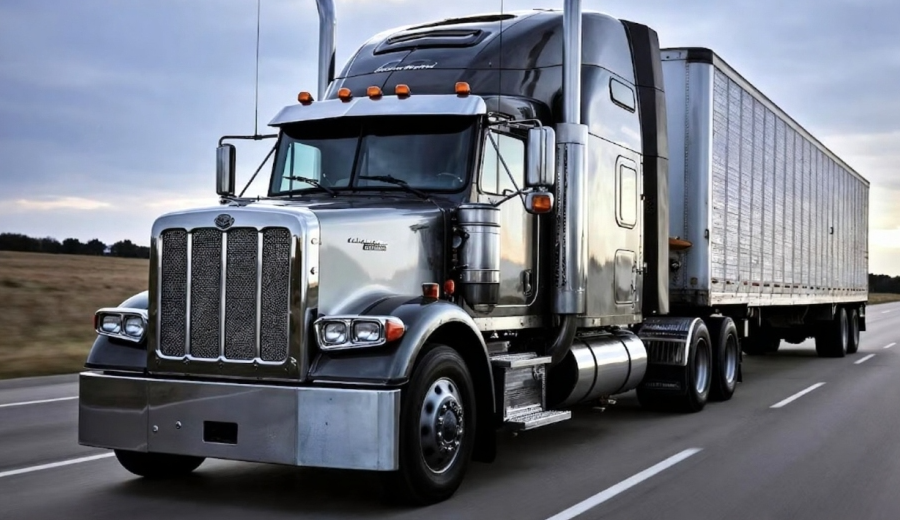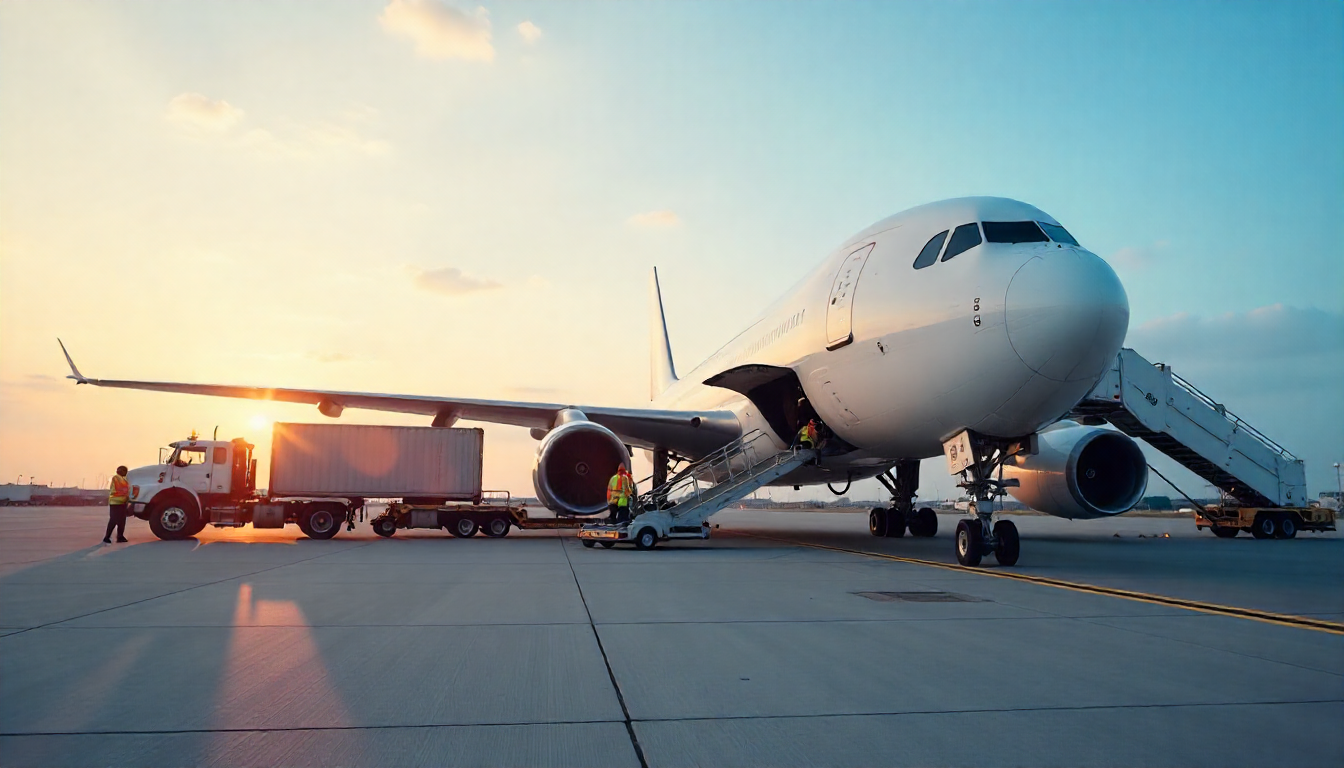When handling heavy cargo in the logistics sector, adherence to safety standards is crucial. Drayage trucking companies adhere to specific regulations for accident prevention, worker safety, and operational efficiency. The consequences of skipping safety measures yield delays, equipment damage, and higher operational costs.
What are the risks?
There are inherent risks with transporting heavy loads through drayage trucking services. Overloaded trucks, unsecured cargo, and improper handling might cause an accident or injury. Furthermore, congested ports and tight urban environments increase the likelihood of an incident occurring. The first step in assuring safety remains the awareness of these risks.
Key safety guidelines
- Proper load securing
Cargo securing is a must for drayage freight. Chains, straps, or locking devices should be used corresponding to the weight and type of cargo. Such securing mechanisms should be regularly inspected to prevent any shifting en route.
- Weight distribution and limits
Overloading a truck or uneven weight distribution can cause the truck to tip or lead to brake failures. Always ensure cargo weight is within legal limits and distribute cargo evenly. This is especially true in drayage trucking operations, where containers of varying sizes and heavy machinery are involved.
- Vehicle maintenance
Safe drayage trucking services need to ensure the proper inspection of brakes, tires, suspension, and steering systems. In the absence of proper maintenance, these can experience mechanical failure, compromising the safety of transporting heavy loads.
- Skilled and trained drivers
Drivers must be trained in drayage freight operations, which include loading and unloading procedures, navigating congested areas, and operating trucks safely under full load conditions. Such training ensures safety compliance continuously.
- Use of technology
A GPS tracking system coupled with weight sensors and route optimization provides an added layer of safety for drayage trucking operations. Real-time monitoring of trucks enables one to act in the face of impending conditions.
- Clear communication
Maintaining an open communication channel between port staff, drivers, and the dispatch team is imperative. Ensuring coordination of loading times, handoffs, and route changes minimizes the likelihood of accidents for drayage trucking services.
- Safety Signage and personal protective equipment
Ensure that drivers, ground staff, or anyone working at the site wears adequate protective gear and that the vehicles display safety signage. This reduces the risk of accidents when handling drayage freight at busy ports or warehouse locations.
Takeaway points
Heavy load transportation in drayage trucking operations requires careful planning, is handled by fully trained personnel, and is carried out with strict adherence to safety procedures. Safety-oriented companies guard against the occurrence of accidents, thereby ensuring the smooth




